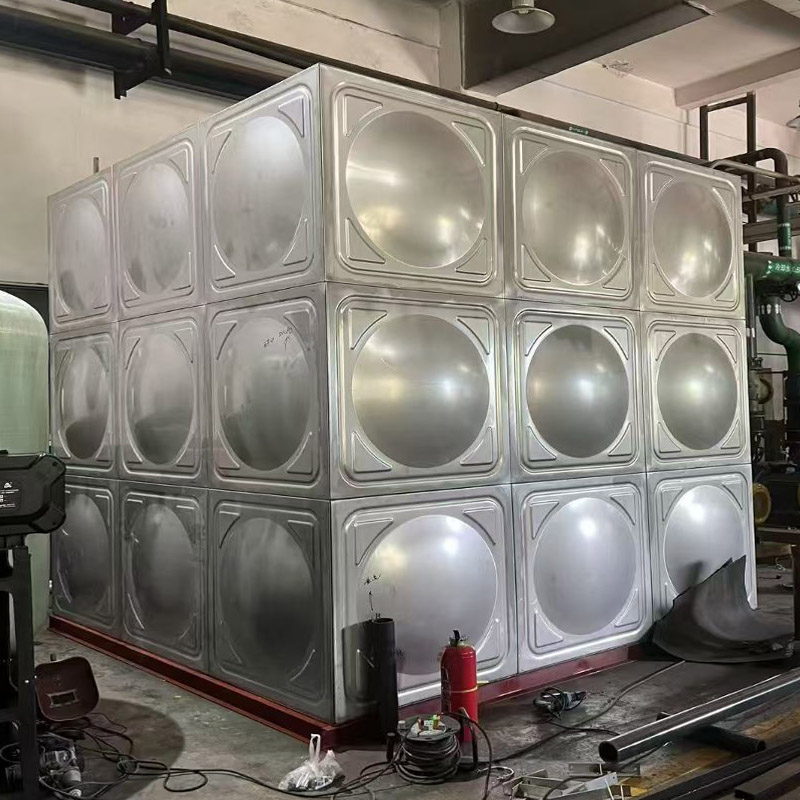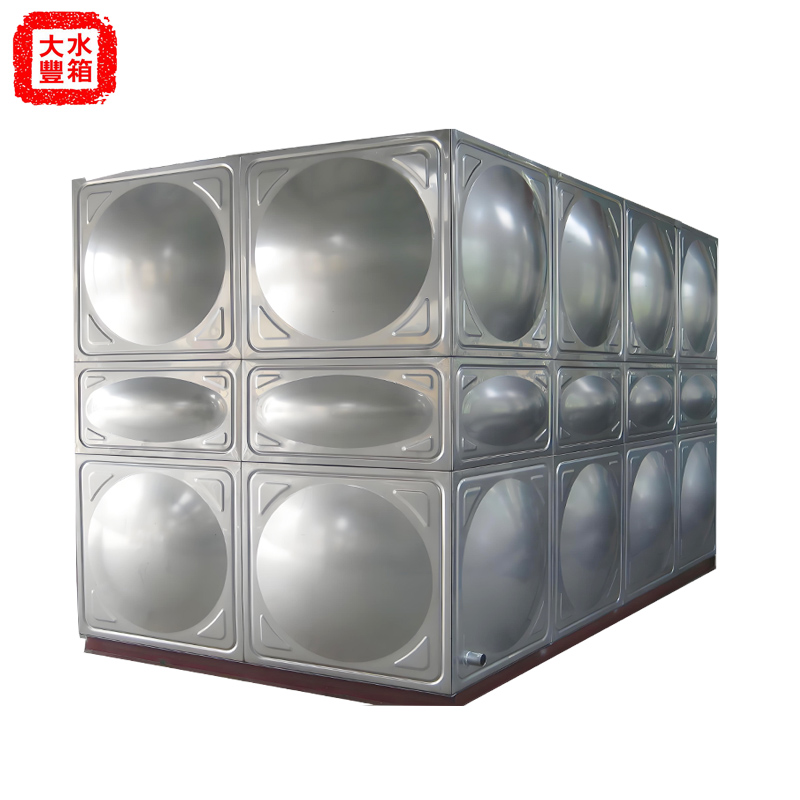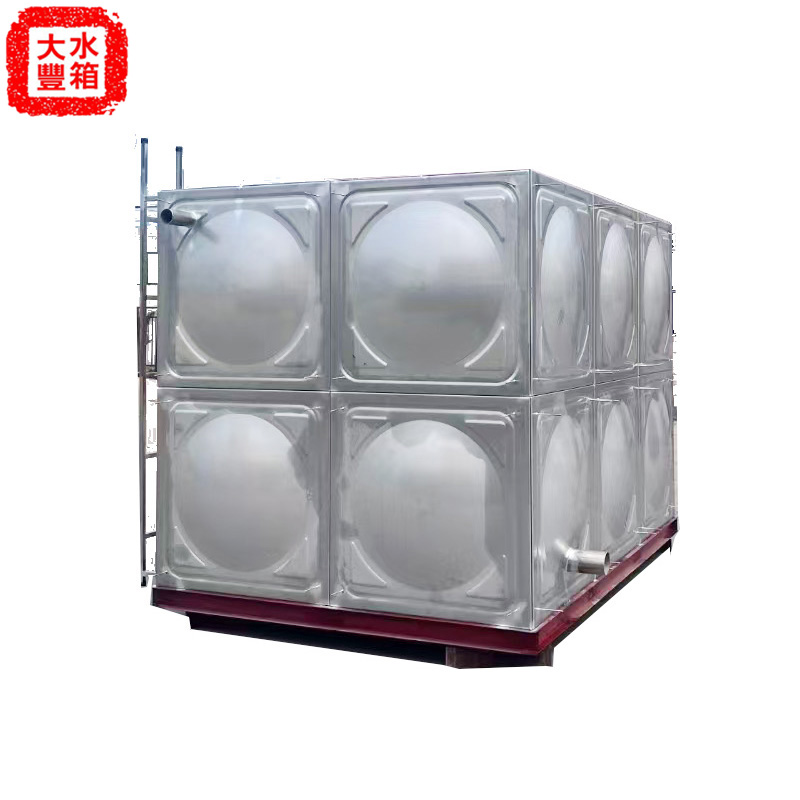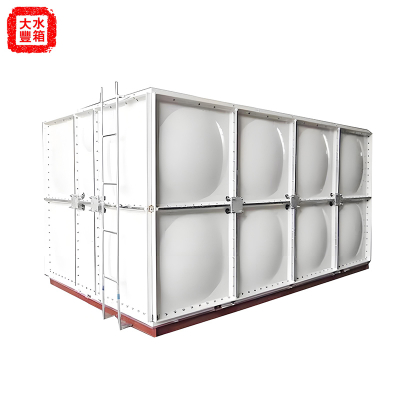Stainless Steel Insulated Water Tank
Our high-yield stainless steel insulated water tank has a beautiful appearance, durability, high efficiency and energy saving. It can be customized according to needs, and our after-sales service is perfect. Welcome to inquire and provide customized services. We are dedicated to serving you and welcome your call!
Design of insulation process for stainless steel insulated water tank:
The structure of a stainless steel insulated water tank is composed of two outer layers of stainless steel plates and a middle layer of polyurethane insulation. The insulation effect of a thermal water tank can be achieved from three aspects: material, structure, and special craftsmanship. The material and construction of the water tank are not a problem for many manufacturers and can be customized. The decisive factor lies in the special process, namely polyurethane foaming process, which has a certain technical content. Mature processes determine whether the insulated water tank is insulated and the quality of the water tank.
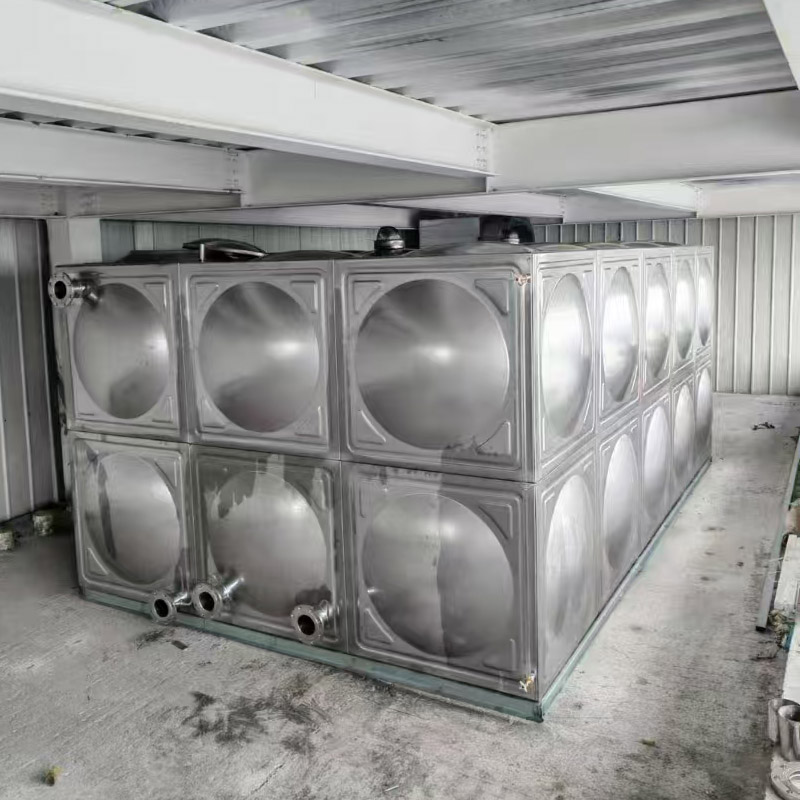
The foaming process of stainless steel insulated water tank is controlled in two aspects:
Process operation flow: Insulation water tank polyurethane foaming process:
1. The formation of polyurethane foam: the formation of polyurethane foam is a chemical reaction process, which needs
to go through two stages: initiation and maturation. 【1】 Initiation process: the main process conditions that must be
met; Temperature: ratio of black and white materials; Mix the white material evenly. ① Ambient temperature: The polyurethane foam should be developed fully at the ambient temperature of 20-30 ℃. When the temperature is low, the
foaming reaction progress is slow and the foam curing time is long; If the temperature is high, the foaming reaction will
progress quickly and the curing time of foam will be short. It is difficult to obtain high-quality products when the temperature is too low or too high. The temperature here does not only refer to the temperature of the raw materials, but
also to the temperature of the outer tank of the water tank. Especially in winter, the temperature of the tank liner and the
outer tank will be very low. Even if the temperature of the injected foam material is appropriate, the temperature will
drop immediately when it contacts the cold metal. On the one hand, the shrinkage rate of foam molding will be increased, and the lower the temperature is, the higher the shrinkage rate will be. On the other hand, a layer of hard skin
that is not fully foamed or even not foamed will be formed on the surface of foam, especially on the metal surface,
increasing the amount of foam injection, increasing the cost of foam production, and the most deadly form of secondary
foam (the secondary foam in the water tank is like "pulling out a backbone"). Therefore, the temperature of the foam
workshop must be increased to 20-25 ℃ in winter, and the tank liner and shell must be advanced Put it into the foaming
workshop from the outside for preheating.)

The correct ratio of black and white materials should be 1:1. When the white material is excessive, the foam has low density, white color, soft hand feeling, and is easy to shrink when the temperature is low; When there is too much black
material, the foam has high density, deep color, hard and brittle feel. ②. The black and white materials shall be mixed
evenly: the black and white materials shall be fully mixed evenly. If they are not so light, the foam color will become dark
and the foam pores will be thick. If they are heavy, the foam color will be uneven and irregular spots or patterns will
appear. [2] Curing process: it refers to the process of placing foam at a certain temperature after curing, so as to make
the chemical reaction complete and achieve the most correct performance. Especially in winter, the maturation process is
crucial in places such as finished product warehouses. The higher the maturation temperature, the shorter the required
time. After the foam has fully matured, move it to a lower temperature.

2. Process of polyurethane foaming for water tank
[1] The outer gallbladder should be evenly fixed first, the barrel should be placed upright, and the top cover should be placed flat, otherwise the cover will be uneven after foaming. When injecting, the injection pressure varies depending on the height of the water tank. Generally, the pressure is 5MPa for heights of 1.2m-3m, and 6MPa for heights above 3m. Every time you inject, you should inject less and shoot more to avoid squeezing the bladder during cyclic injection. Polyurethane continuously expands in volume during the foaming process, generating a certain amount of pressure that the water tank cannot withstand, resulting in the phenomenon of flattening.
[3] In winter, the ambient temperature is low. After foaming, the product should be placed in a constant temperature room for more than 12 hours and should not be immediately placed in a lower temperature area to avoid foaming shrinkage.
